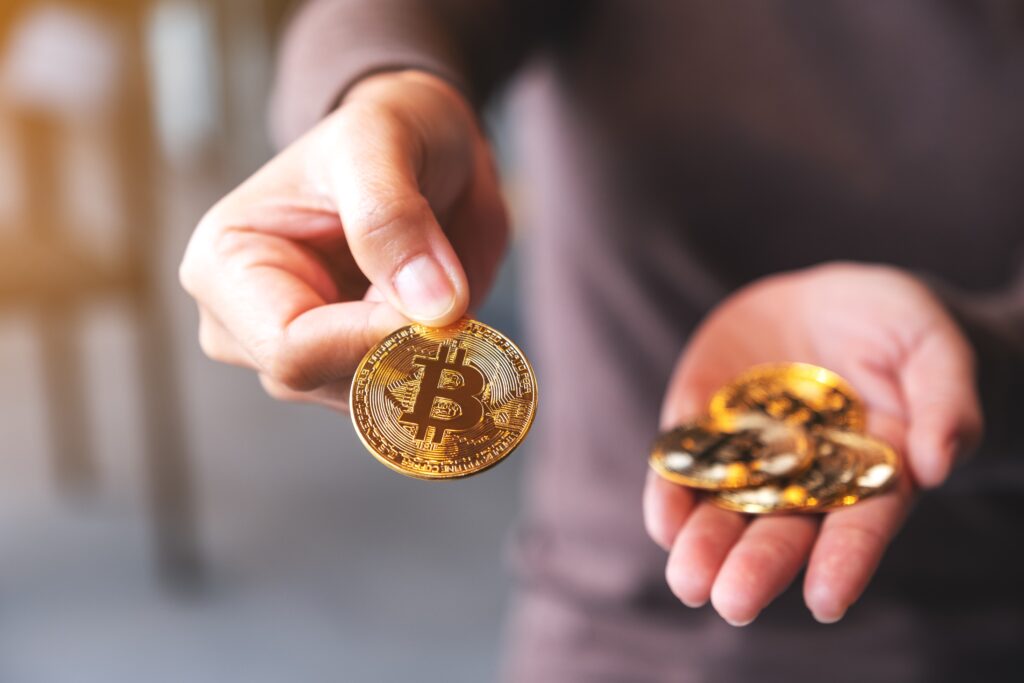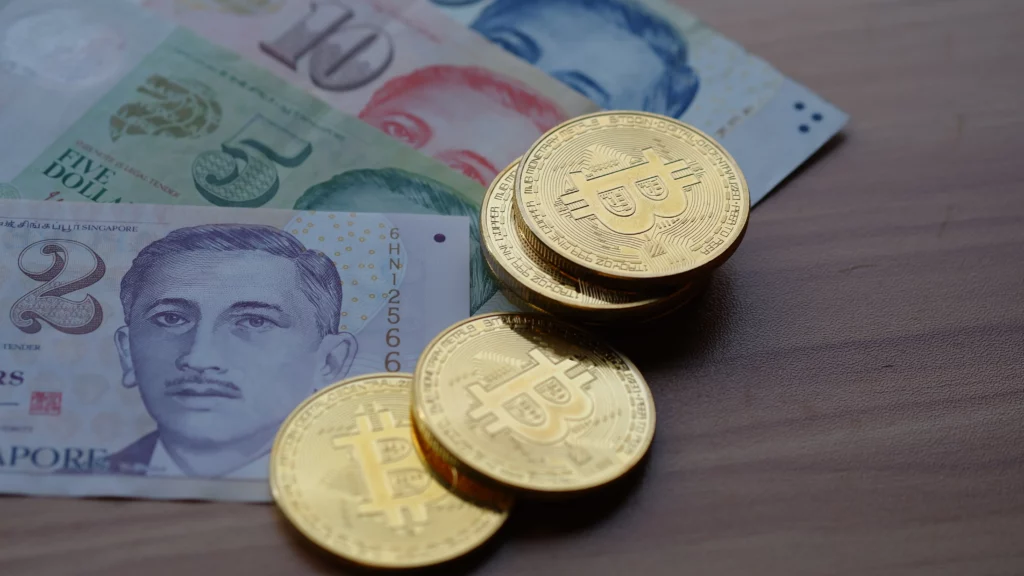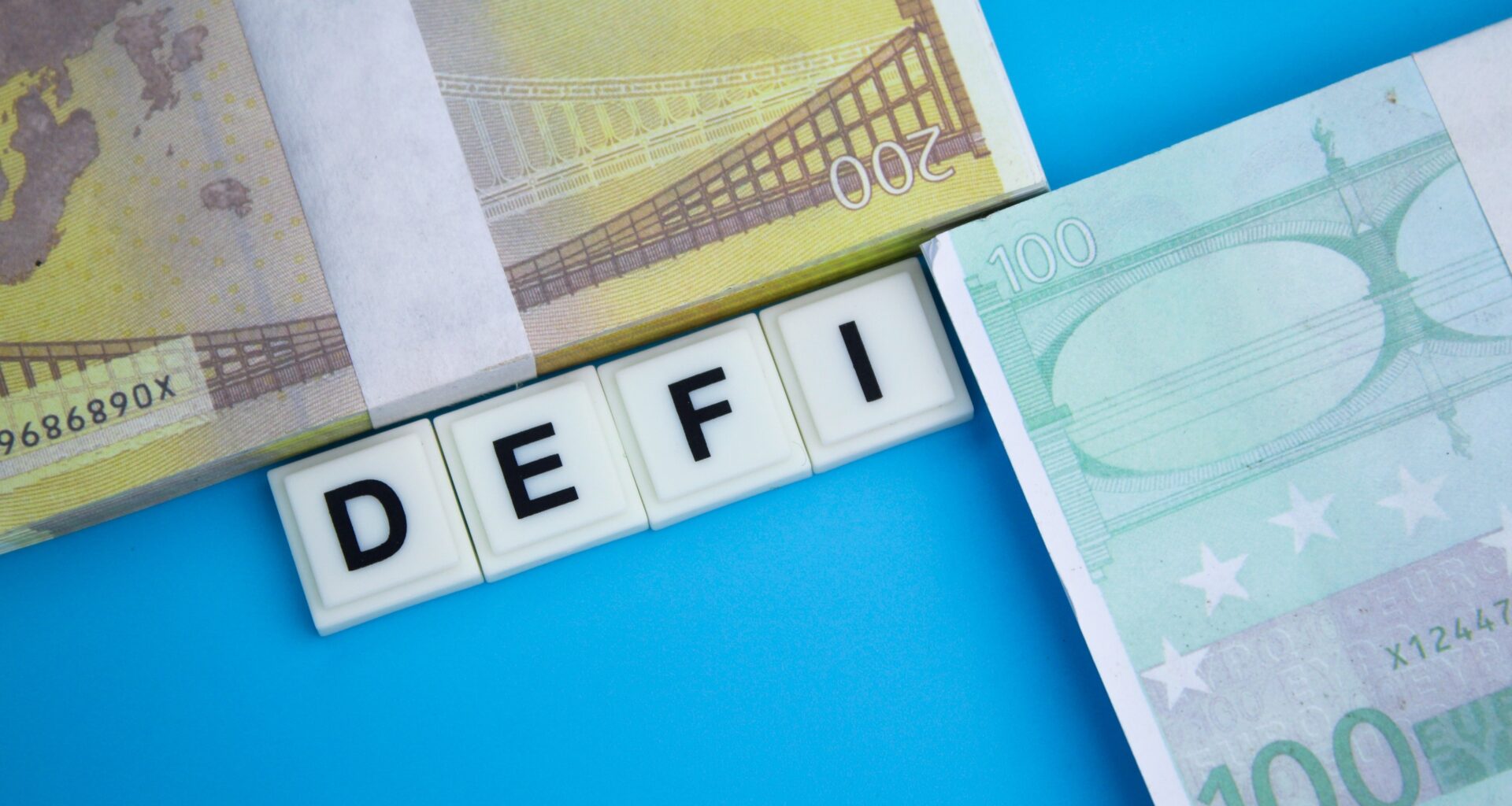The DeFi space has seen a lot of activity in recent years, with several new platforms and protocols launching. One area that has seen particular interest is decentralized lending and borrowing.
DeFi Lending and Borrowing

Decentralized finance — often called “DeFi” — refers to the shift from traditional, centralized financial systems to peer-to-peer finance enabled by decentralized technologies built on blockchains like Ethereum.
By deploying immutable smart contracts on blockchains such as Ethereum, DeFi developers can launch financial applications that run exactly as programmed and are available to anyone with an internet connection.
One of the best things about DeFi is that crypto assets can now be used in ways that were not possible before with fiat currencies or “real world” assets. DEXs, synthetic assets, and flash loans are completely new applications that can only exist on blockchains and have unlocked a world of new economic activity and opportunity for users across the globe. This shift in financial infrastructure presents many advantages in terms of risk, trust, and opportunity.
The DeFi ecosystem has launched an expansive network of integrated protocols and financial instruments, including lending and borrowing platforms, which have been gaining traction for several reasons.
For starters, lending and borrowing on DeFi platforms are often done using crypto assets as collateral. This means there is no need for a traditional credit check, which can be a barrier to entry for some borrowers.
DeFi lending and borrowing platforms often offer much lower interest rates than traditional financial institutions. This makes them an attractive option for borrowers looking to save on interest payments.
These platforms are also majorly built on Ethereum, which offers a high degree of security — a major selling point for those looking for a safe and secure platform to lend or borrow.
DeFi Lending VS Traditional Lending

Now, let’s look at how DeFi differs from conventional forms of finance, how it is connected to blockchain and the myriad of uses – from monetary exchanges to loaning digital assets.
DeFi uses smart contracts, which do not require traditional financial institutions to serve as collateral in transactions. As such, the participants in a DeFi ecosystem transact with one another directly, with blockchain technology securing the transactions. Compared with cryptocurrency, DeFi can be seen as a further layer transforming traditional financial instruments into decentralized ones.
DeFi is designed to recreate traditional financial systems such as credit, lending, derivatives, and trading using automation instead of intermediaries. It aims to create a financial system open to all without requiring the trust of centralized parties, such as banks or governments.
Compared with traditional finance, DeFi can deliver faster transactions and increase the value of digital financial assets. DeFi promises to enable investors to become banks, giving them a chance to loan money peer-to-peer and earn higher returns than what is possible with a traditional bank account.
Built on the blockchain, DeFi lending enables a much more efficient and transparent lending process. With traditional lending, there is a middleman (usually a bank or other financial institution) that can add friction to the process and can make it difficult to track where your money is going. However, with DeFi lending, the entire process is automated and can be tracked on the blockchain, making it much more transparent.
DeFi lending rates are also often much lower than traditional lending rates because they are set by the market, unlike in traditional lending, where the interest rates are set by the financial institution, which can often be much higher. DeFi lending further offers the ability to take out loans in multiple currencies and borrow against a variety of assets.
How Do DeFi Loans work?

DeFi loans are loans that are made using decentralized protocols on blockchains. These loans are made possible by the use of smart contracts. DeFi loans are usually made between two individuals, but they can also be between individuals and decentralized organizations. The terms of the loan are set by the smart contract, and the loan is typically repaid in the same currency that it was borrowed in. DeFi loans can be used for a variety of purposes, including lending to margin traders, lending to businesses, and lending to individuals.
Just like what you might do in conventional finance, one of the primary ways you can earn returns on your DeFi is to loan your funds out to someone else at interest. With the DeFi borrowing system, you can loan your assets to someone else and get paid interest just like a traditional bank would.
If you lend via DeFi, as long as you pay interest, you get access to crypto without having to sell the collateral. While borrowing and lending are key benefits of DeFi, there are applications for savings, where you can earn interest on cryptocurrency, trading opportunities, money management, and insurance.
Overall, DeFi allows participants to tap into borrowing and lending markets, hold long and short positions in cryptocurrencies, earn returns by farming yields, and much more.
Benefits of DeFi Lending

DeFi Lending is a decentralized lending platform that offers several benefits to its users. Firstly, it allows users to borrow and lend crypto assets without needing a third party, meaning users can maintain complete control over their assets.
The platform involved in DeFi lending is trustless, meaning that users do not have to worry about the security of their assets. Meanwhile, the platform’s transparency ensures that users can view the entire lending and borrowing process on the blockchain.
Users also get to enjoy improved loan origination speed, greater consistency in lending decisions, and enhanced accountability when dealing with decentralized lending platforms.
Finally, the platform is accessible to anyone with an internet connection, meaning that users can access the platform from anywhere in the world.
Constraints in Decentralized Lending

While DeFi has the potential to change the way traditional finance works, there are several constraints that can limit the effectiveness of decentralized lending.
For one, these platforms often rely on volatile cryptocurrency markets, making it difficult to predict future loan demand. The drop in the value of the assets being used as collateral can lead to losses for lenders.
The most obvious risk is the risk of loss of capital, either through the platform itself collapsing or through borrowers defaulting on their loans. There is also the risk of fraud or theft by platform operators and other users.
Additionally, decentralized lending platforms typically have lower lending limits than traditional lenders, which can limit their ability to meet the needs of borrowers. Finally, decentralized lending platforms may be subject to regulatory uncertainty as the regulatory landscape for cryptocurrencies is still evolving. This could lead to the platform being shut down or users being forced to repay their loans early.
Top DeFi Lending Platforms

There are several different DeFi lending platforms that have emerged in recent years, each offering its own unique set of features and benefits. Some of the top DeFi lending platforms include MakerDAO, Aave, Compound, dYdX, and Dharma. Web3 companies are also continuously innovating in the space, such as Umee with their chain allowing frictionless inter-chain lending and borrowing of digital assets.
Using these DeFi applications, you can lend or borrow cryptocurrency from peers, transact crypto assets without any centralized entities, earn a higher interest rate, and much more. They give access to a broad array of financial services, including getting an instant loan, loaning out excess funds for a passive income, or trading assets without having to depend on a central authority.
MakerDAO is a decentralized lending platform that allows users to collateralize their tokens in order to borrow DAI, a stablecoin pegged to the US dollar. Compound, meanwhile, allows users to collateralize their tokens to borrow a variety of different assets.
As for Aave, in practice, it works like this: Lenders supply funds into liquidity pools from which users borrow assets. And through smart contracts provided by projects like Ethereum, users can deposit their crypto assets in a loan pool and let borrowers borrow as per their needs. However, everything happens within the rules specified by the contracts.
Today, Aave is one of the most popular DeFi lending platforms and is used by many users, from individuals to large institutional investors.
Final Word

DeFi aims to enable many financial services that customers and businesses enjoy now — loans, interest on deposits, and payments — but does so using decentralized technology. However, it is important to do your research and understand the risks involved before getting started.
There are a few things to keep in mind when lending or borrowing on DeFi platforms. First, make sure to carefully read the terms and conditions of each platform before getting started. Second, remember that these platforms are still new and evolving, so there is some risk involved. Be sure to only lend or borrow what you can afford to lose.
Finally, keep an eye on the overall DeFi market and be prepared to exit your positions if the market turns. With these things in mind, lending and borrowing on DeFi platforms can be a great way to boost your earnings and access liquidity when needed.









